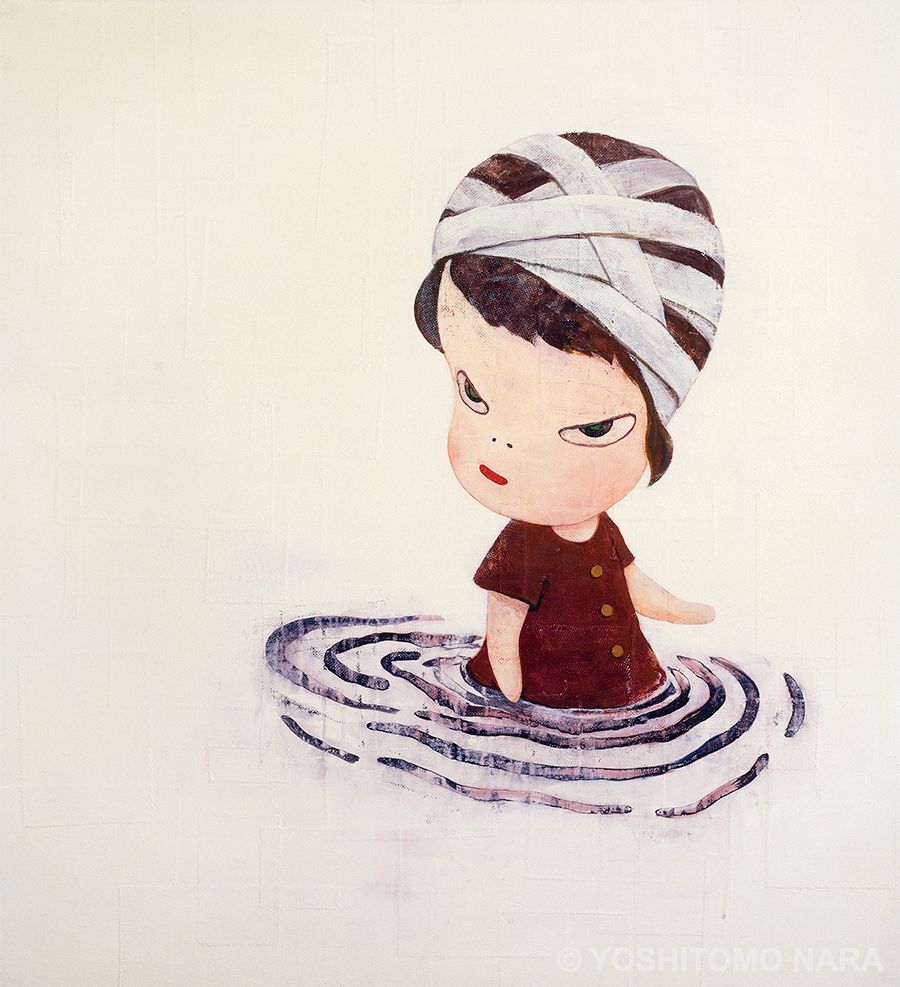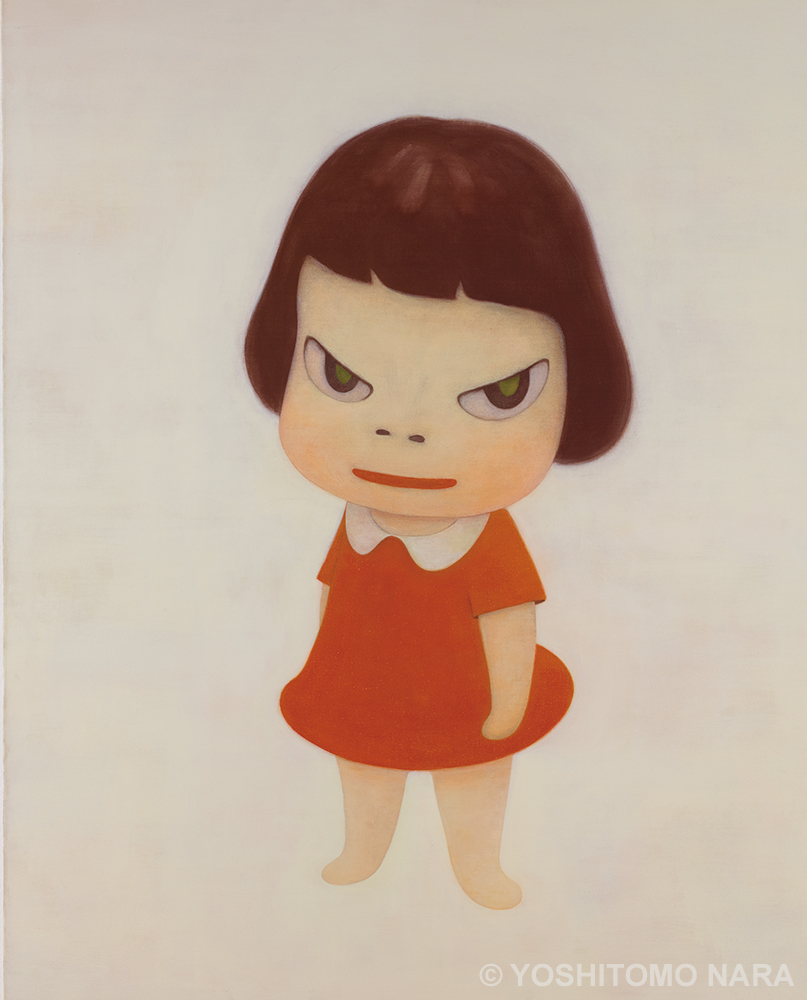Searching for What Was Missing
“The loneliness I experienced in Germany was different from the loneliness I experienced in Japan; it was a loneliness that was not guarded by anyone or anything; after all, at first, I couldn’t even speak the language. However, as soon as I draw, those who want to understand me can cross the language barrier and begin to understand me after looking at my paintings. Therefore, in order to get such understanding, I insist on drawing every day."
Yoshitomo Nara
After completing his master’s degree at Aichi Prefectural University of the Arts, Nara decided to expand his horizons and further his education abroad, and he moved to Germany. He had first travelled to Europe in 1980, at the age of twenty, and that visit had allowed him to view works by European modern masters firsthand and early medieval and Renaissance paintings, with their biblical themes and religious narratives. These encounters were eye-opening for him. He was fascinated and discovered these artworks had an immense emotional pull. Nara also gained a wealth of knowledge from works by the Impressionists, the Expressionists, and the artists associated with the School of Paris. He drew on their philosophies, spirituality, and techniques to reevaluate everything he had learned up to that point.
In 1988, Nara enrolled at the prestigious Kunstakademie Düsseldorf and the years following would prove hugely significant for his artistic development. His inability to speak German led to a conscious return to a state of solitude that had characterized his childhood and his fundamental realization that he must communicate through his art.
At the Kunstakademie, Nara studied under the German artist A. R. Penck, a leading proponent of Neo-Expressionism. Penck’s influence was already clear in Nara’s formal approach—figures depicted crudely, using loose brushstrokes and strong, vibrant colors—and in his imagery which combined the mundane and the spiritual, establishing a personal mythology. Significantly, Penck identified a dissonance between Nara’s painting and drawing from this period, and he advised Nara to integrate these two practices. So, while retaining his graphic outlines, Nara simplified his narrative compositions and began to pare down his use of color, giving rise to bolder images which soon became recognized for their individuality and originality.
It was at this time that Nara conceived his characteristic, emotionally-direct children with their distinctive big heads and large, wide-set eyes. At first glance, they seem cute, but their exaggerated features and enigmatic demeanors are kooky and confronting. New motifs also emerged, a number of his characters are seen seated or standing inside a box. It looks like an act of child’s play, but for Nara the box is a signifier of protection and shelter.


